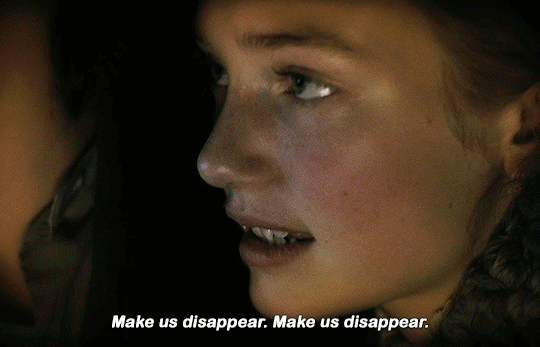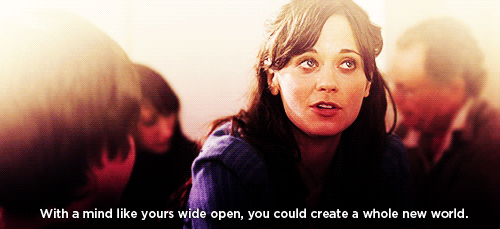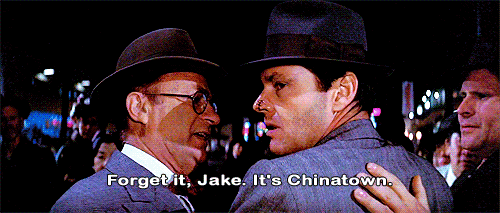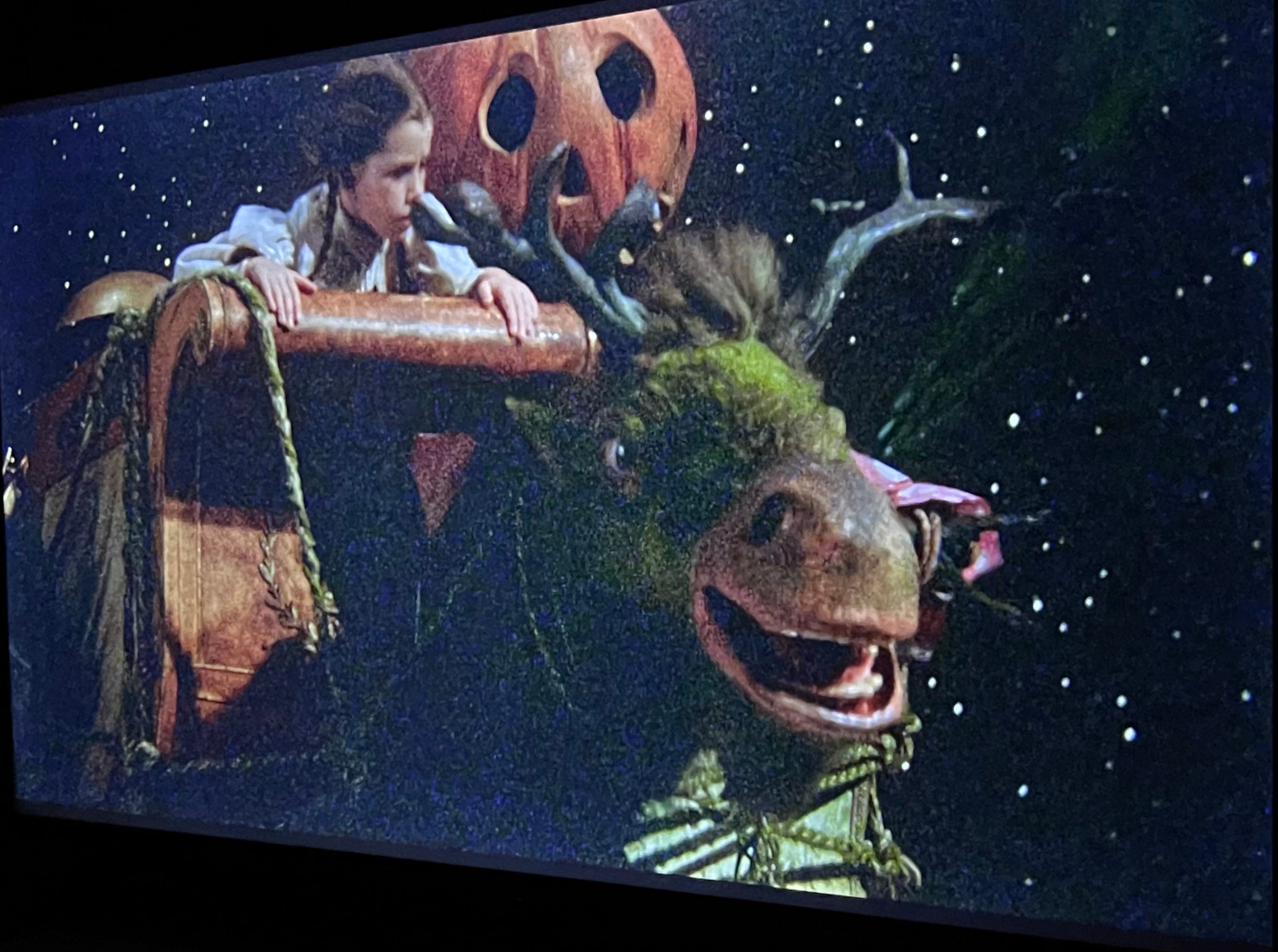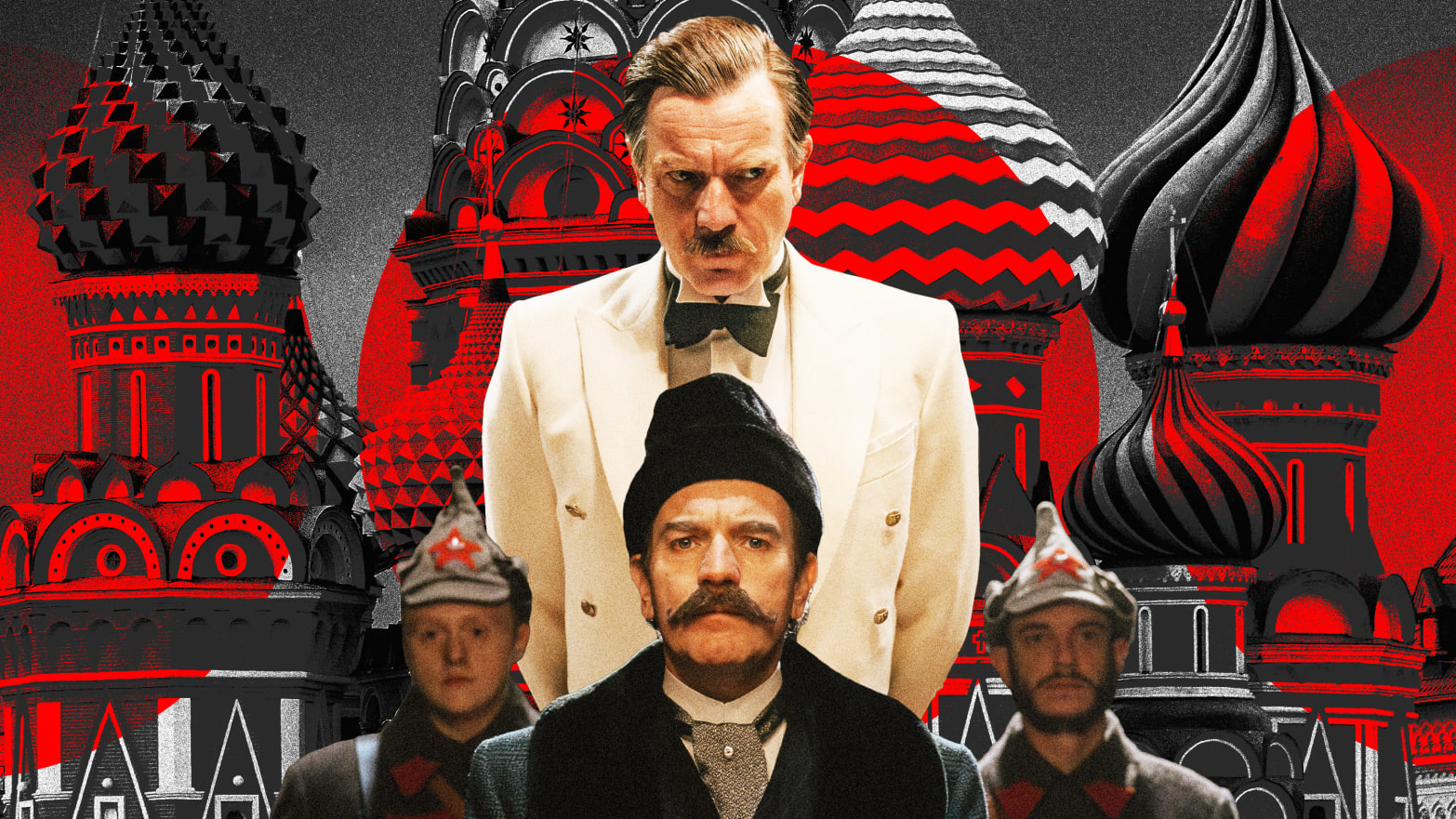For nearly a century Wald Disney Studios has dominated Western animation. The mighty Disney was nearly toppled from its throne, however, when one of its own animators went rogue and opened his own studio. Between 1982 and 2000 Don Bluth and his team of animators released a series of films that rivalled even the best of Disney and defined family entertainment for a generation. One of his most beloved films is 1988's The Land Before Time. At once a harrowing hero's journey and a heartfelt ode to the power of friendship The Land Before Time remains a timeless classic that the whole family will enjoy.
 |
| "Let your heart guide you. It whispers, so listen closely" |
Over thirty years after its release The Land Before Time remains classic family entertainment. The film takes viewers on a mesmerizing journey into the distant past while exploring universal themes. The dinosaur diaspora depicted in the film recalls mass migrations throughout history and aptly conveys the harrowing struggles of the refugee experience. The film's unflinching depiction of loss earns particular note as it portrays the various stages of Littlefoot's grief with aching accuracy. Even in the midst of its weighty themes the film maintains an optimistic outlook as its characters carry on even in the face of daunting obstacles. The film also offers lessons in friendship that will resonate with children and adults alike. The script additionally offers vital messages against prejudice without becoming heavy-handed or resorting to lecturing. Even as it contemplates larger issues the film never forgets that it is at its core an adventure story as it takes viewers on an epic journey for the whole family. Discover the timelessness of The Land Before Time.
The animation transports viewers to the beauty and danger of the prehistoric world while the vocal performances bring the characters to vibrant life. The scenery captures the awe inspiring of majesty of a land lost to time. The character designs aptly depict various dinosaur species while still infusing each individual character with personality and expression. The film's young actors turn in some of the most memorable performances in modern animation. Helen Shaver is certain to soften even the hardest of hearts in her by turns heart-warming and heartbreaking portrayal of Littlefoot's mother. Will Ryan lends apt comedic relief as neurotic but loveable Petrie. Candace Huston perfectly balances Cera's proud exterior with inner vulnerability. Judith Barsi steals each scene in which she appears as Duckie, leaving viewers wondering what her career could have been had it not been tragically cut short. Gabriel Dunn effectively leads the cast as he portrays Littlefoot's journey with a nuance and raw emotion rarely found in child performances.
In just seventy minutes The Land Before Time makes the case for the magic of Don Bluth's animation. the script combines the classic hero's journey with vital lessons in resilience and friendship to relate a compelling drama for all ages. The vibrant vocal performances and dazzling animation transport viewers to the majesty of the prehistoric world. For a truly timeless adventure explore The Land Before Time.
 |
| "We'll be okay as long as we stick together" |





